December 5, 2016
The strange future of work + New edition of Work&Place + Workplace irritations 0
In this week’s Newsletter; Mark Eltringham dissects the current obsession with engagement and motivation; and from the Winter 2016 issue of Work&Place which is now available to view online; discusses the future of work and place in the 21st century. We discover why creativity in the workplace is a prime engagement tool; that 85 percent of employers believe workplace automation will create more jobs than it will replace; however, in the now, technology issues cause the most lost time for SMEs. One in three lawyers would not feel comfortable even beginning the conversation about flexible working with their employer; a fifth of employees are distressed by political discussions in the workplace and employers urged to develop strategies to help retain older workers. Download our new Briefing, produced in partnership with Boss Design on the link between culture and workplace strategy and design; visit our new events page, follow us on Twitter and join our LinkedIn Group to discuss these and other stories.





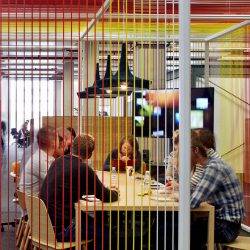







 Whether or not you raise an eyebrow every time you hear about the need for employee engagement, there is a growing body of research which links engagement to performance.
Whether or not you raise an eyebrow every time you hear about the need for employee engagement, there is a growing body of research which links engagement to performance. 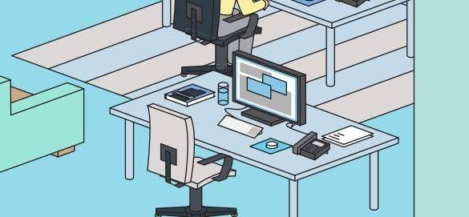
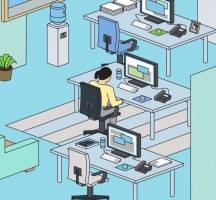 Gensler has announced the results of its Workplace Survey 2016 for both
Gensler has announced the results of its Workplace Survey 2016 for both 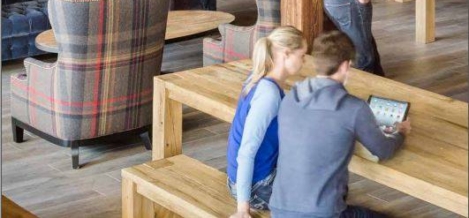
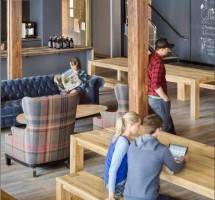












August 23, 2016
US Millennials ‘martyred’ behaviour helps drive culture of presenteeism 0
by Sara Bean • Comment, Flexible working, News, Wellbeing, Workplace
(more…)